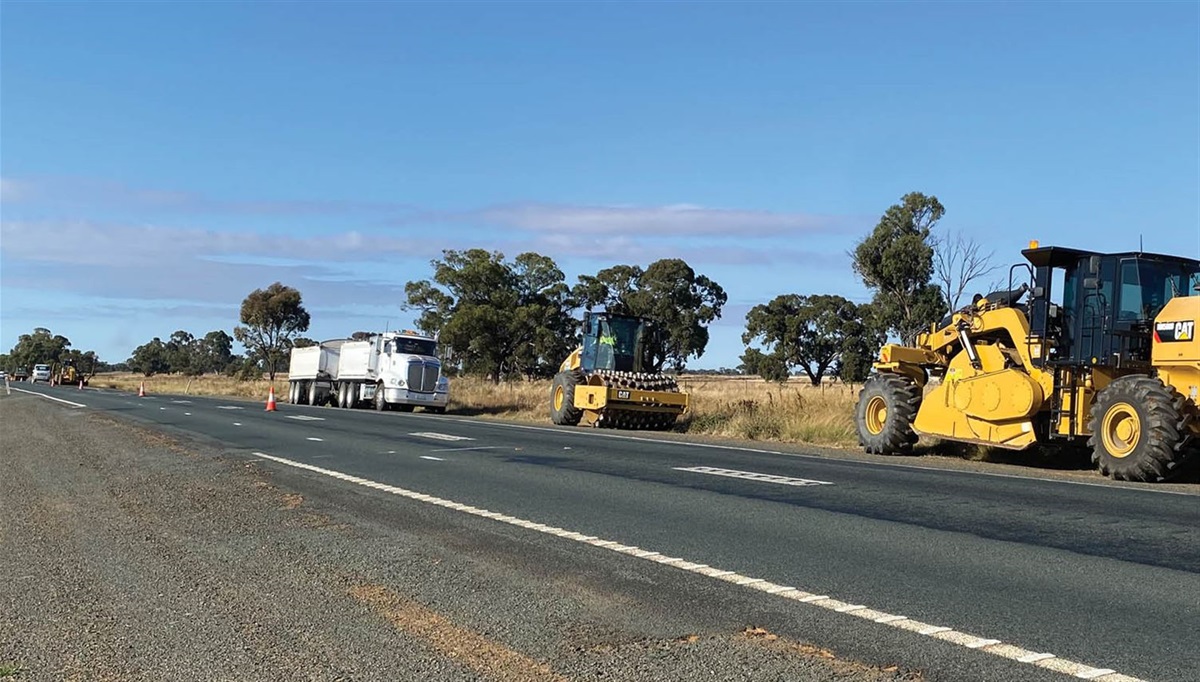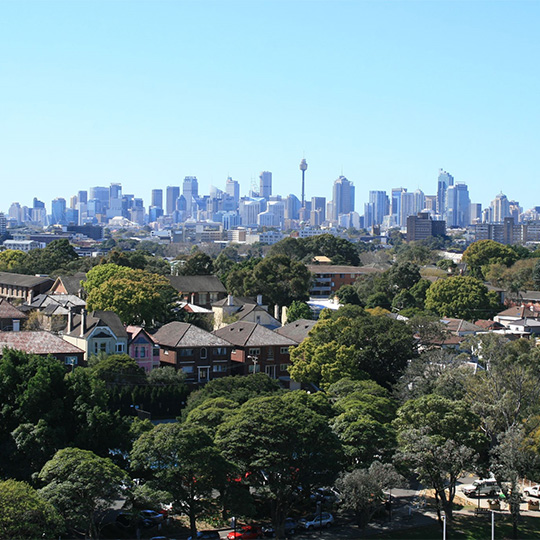The latest quarterly Rabobank Rural Confidence Survey, released today, found 19 per cent of the state’s farmers expect agricultural economic conditions to improve in the 12 months ahead (up from 12 per cent in the previous quarter), while 18 per cent expect conditions to worsen (down from 27 per cent). And 61 per cent have a stable outlook on the year ahead.
This is despite rural confidence falling nationally to the lowest level since the third quarter of 2018, with all states except for Tasmania and WA returning a decline in sentiment.
Rabobank area manager for Tasmania, Stuart Whatling, credits the better-than- anticipated start to the year with underpinning the state’s positive outlook.
“Tasmania had a good growing season across the board, despite the very wet start which delayed planting. As a result, harvest was still underway during this latest survey and continued into March,” Mr Whatling said.
“It shaped up better than many feared, with the excessive wet spring evolving into a good summer, delivering a good body of feed. Although it did dry off eventually on the Midlands and east coast, on the whole, the feeling on the ground in Tasmania is really positive.
“As we head towards the autumn break, farmers here are very mindful of the forecast for La Nina to move back to El Nino, which will drive drier conditions on the east of Tasmania and wetter on the west.”
Tasmanian farmers who do anticipate conditions to worsen this year overwhelmingly listed falling commodity prices as the key reason (79 per cent), followed by overseas markets and economies (47 per cent) and rising interest rates (22 per cent).
Mr Whatling put this in the context of the global drivers at play, especially for the dairy industry.
“Dairy farmers have enjoyed exceptional milk prices in recent years, but we expect these strong levels to ease back from July 2023. This will be driven by global commodity prices, which have been lower despite Australia maintaining high prices on the back of increased supermarket prices and high domestic demand,” he said.
“On the flipside, fertiliser prices are also easing which will bring relief for the high-input dairy industry.
“However, labour continues to present challenges in Tasmania – especially in the dairy sector where appetite and opportunity for expansion is curtailed by labour availability.”
Rabobank regional manager for Southern Victoria and Tasmania Deborah Maskell-Davies said it was heartening to see the increase in optimism among Tasmanian farmers when all other parts of mainland Australia – apart from WA, which had enjoyed its second consecutive record harvest – had reported declining confidence levels.
“Nationally, a combination of easing commodity prices, along with rising interest rates and concerns about the prospect of a return to dry conditions has hung over the sector, so it is testament to both the resilience of Tasmanian farmers and the positive agricultural conditions here that the state’s rural confidence levels have climbed,” she said.
Despite the increase in headline confidence levels, farmers investment intentions pulled back this quarter, with 22 per cent now looking to increase their investment in the year ahead, compared with 31 per cent last survey. Debt levels are also expected to decrease with 23 per cent of Tasmanian farmers intending to reduce their amount of farm business related debt, up from 10 per cent.
Mr Whatling attributes this to farmers’ concerns about interest rate hikes, compounded by expectations rates will continue to increase in the foreseeable future.
“However, we haven’t seen this dampen demand for land in Tasmania, and it remains a sellers’ market with ongoing demand and strong prices for agricultural holdings,” he said.
“Rural land sales continue at near-record highs with properties snapped up by producers looking to access scale benefits, as well as also those with succession plans in place which rely on expansion to support future generations.”
While a third of Tasmanian farmers who intend to increase their investment in the next 12 months will direct this towards purchasing new farmland, the top areas for spending were on new plant/machinery (82 per cent of farmers who are planning to increase investment), on-farm infrastructure such as fences, yards and silos (91 per cent), and on irrigation/water infrastructure (82 per cent).
“It’s the continuing story in Tasmania, where farming properties present plenty of scope for investment for diversification so we’re seeing continued roll out of water schemes and dams, to fully utilise available water,” Mr Whatling said.
“As we move back into El Nino, farmers are also preparing for drier seasons – another factor for the continued investment in dams and water infrastructure, which we can expect to continue.”
A comprehensive monitor of outlook and sentiment in Australian rural industries, the Rabobank Rural Confidence Survey questions an average of 1000 primary producers across a wide range of commodities and geographical areas throughout Australia on a quarterly basis.
The most robust study of its type in Australia, the Rabobank Rural Confidence Survey has been conducted since 2000 by an independent research organisation. The next results are scheduled for release in June 2023.







